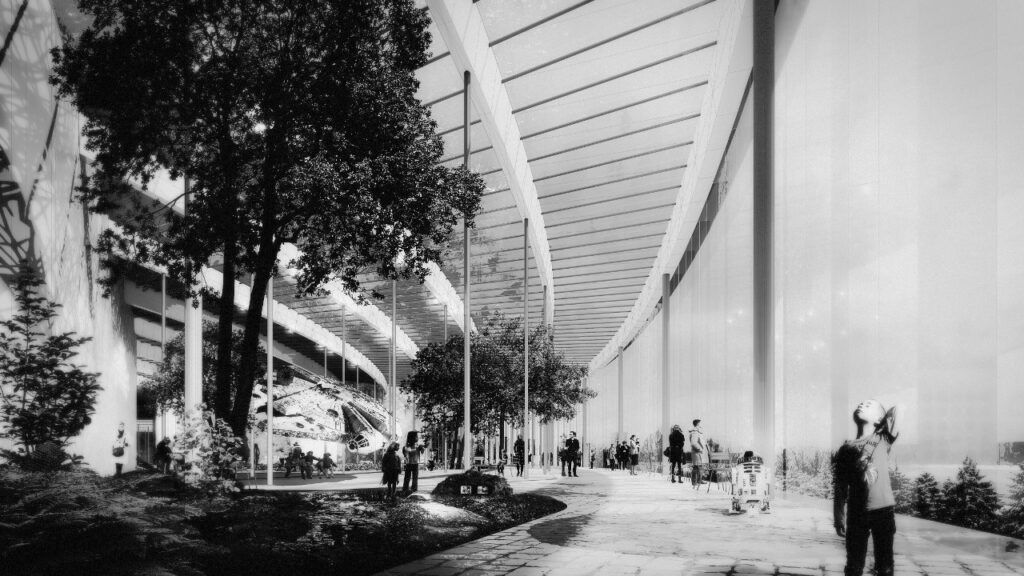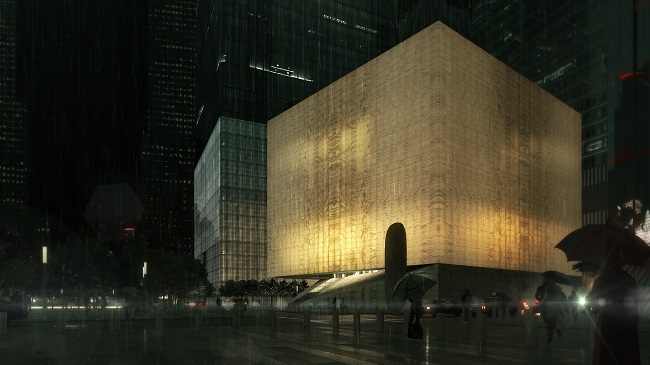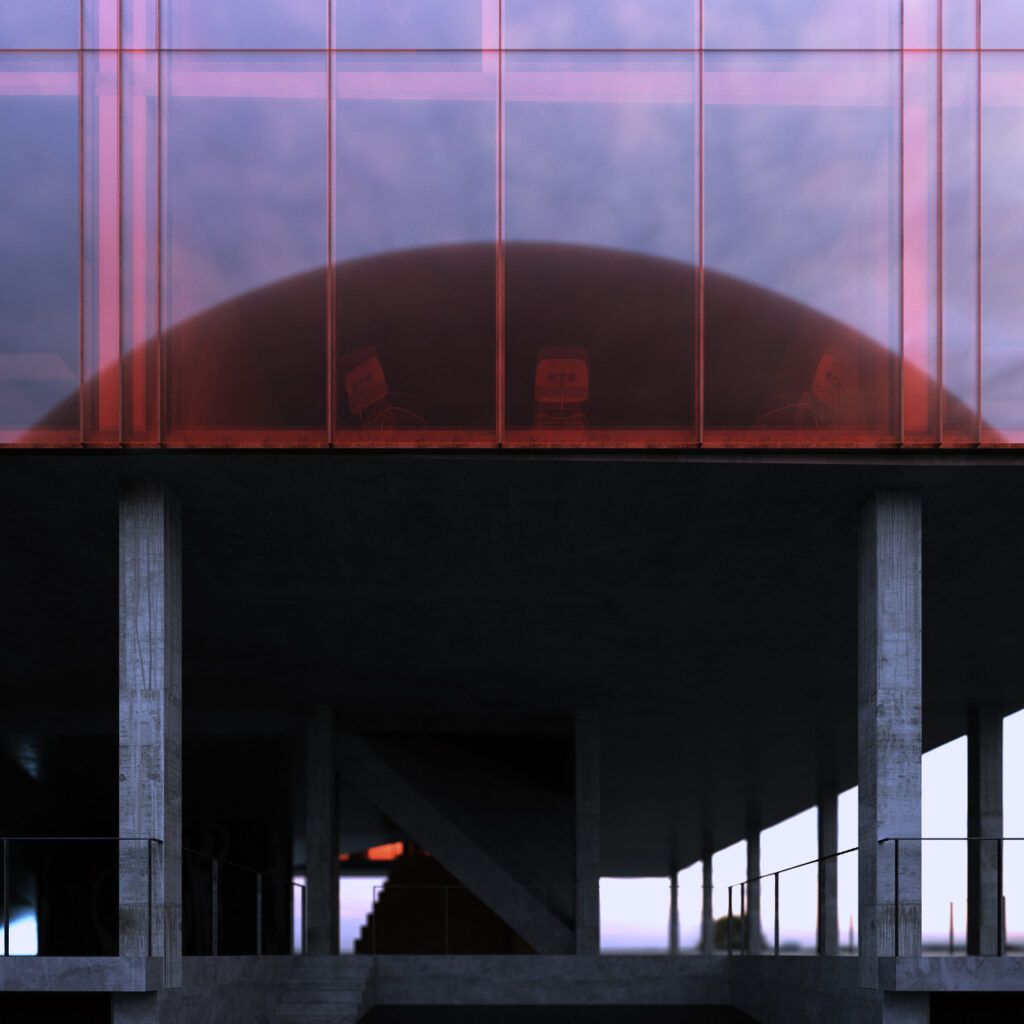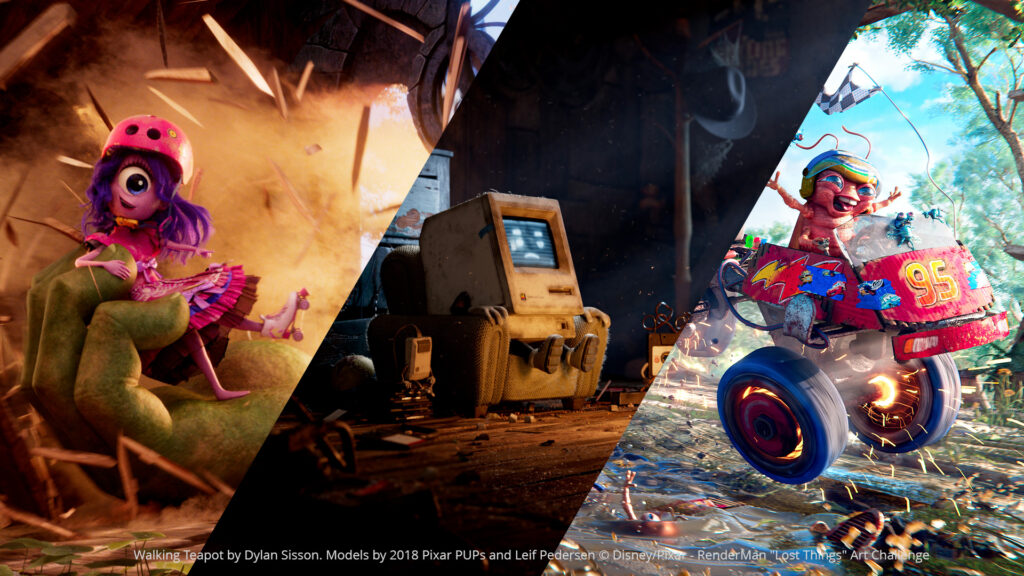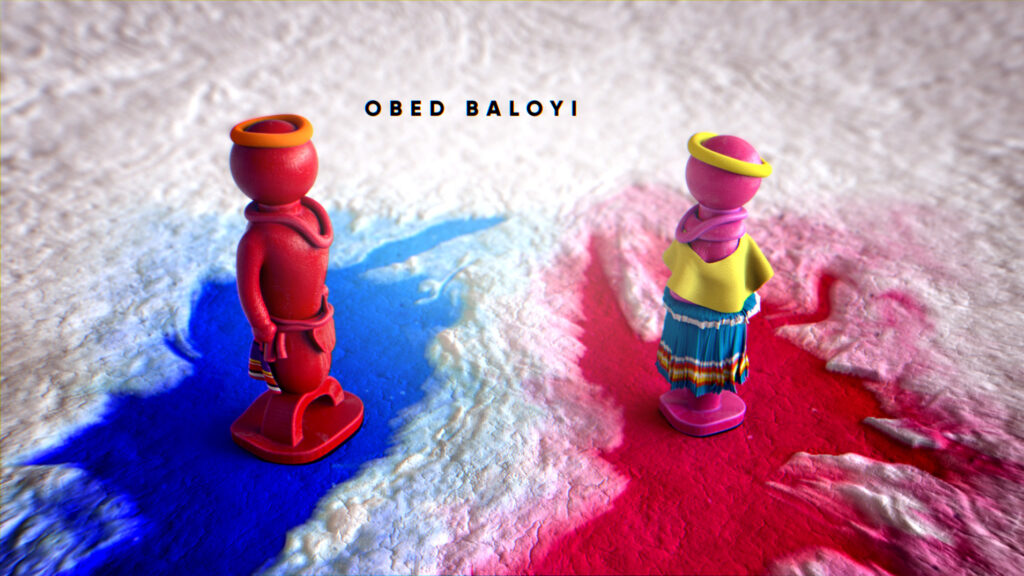Expert’s words: Eric de Broche des Combes, founder of Luxigon
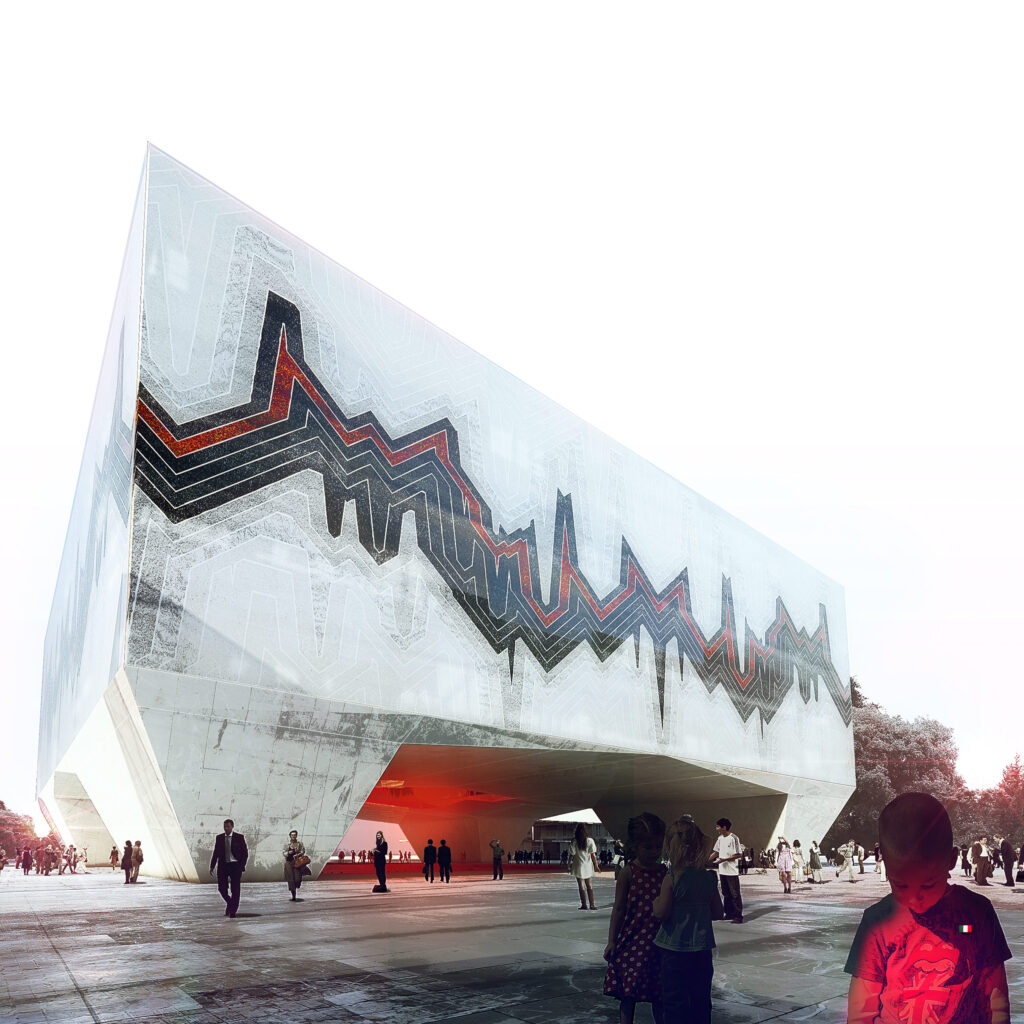
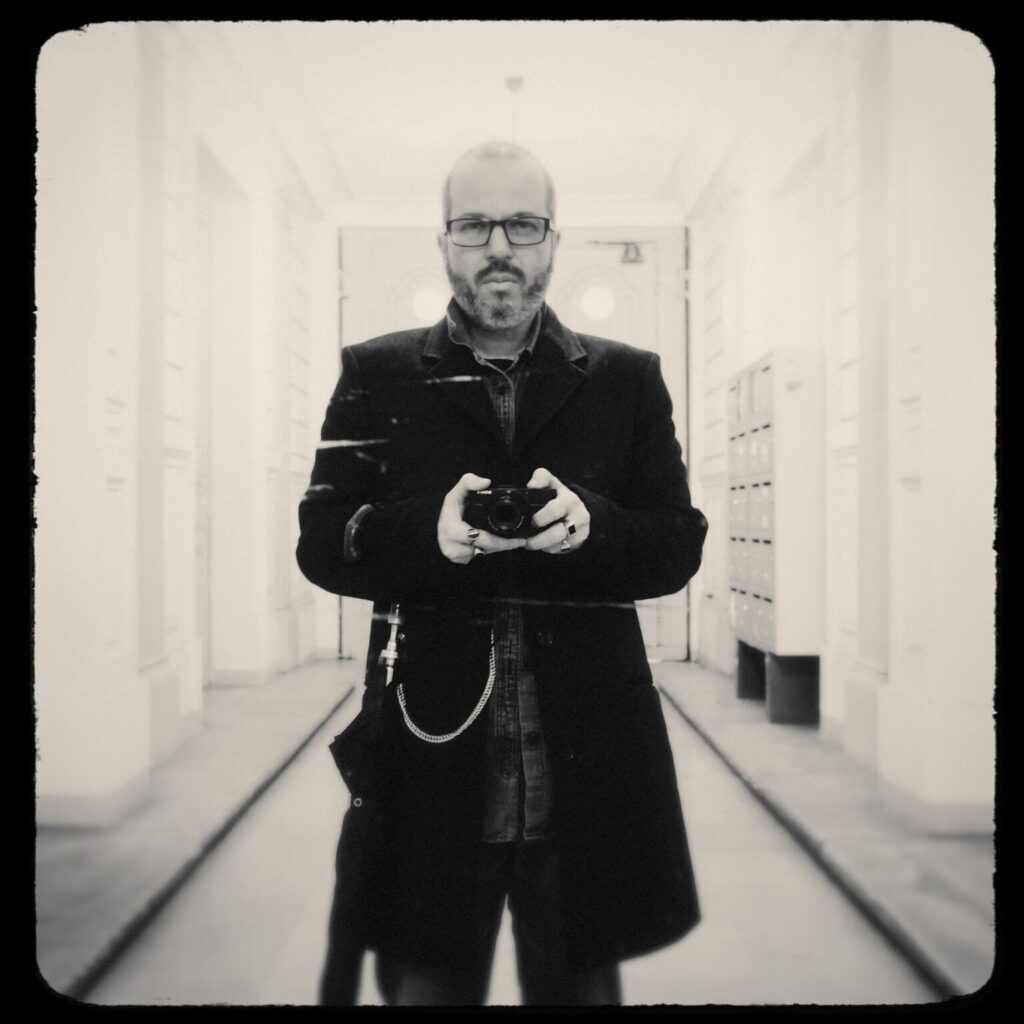
Eric de Broche des Combes is a French architect and graphic designer. After graduating in architecture and town planning, he founded his first archviz office, Auralab. Over 10 years ago, he founded Luxigon, one of the most distinctive 3D renderings studios worldwide. Eric also contributes to publications, gives lectures and teaches at the Harvard Graduate School of Design.
You were born and raised in a “le Corbusier” building, La Cité Radieuse.
To what extent do you think it had an impact on your choice of becoming an architect?
I’m actually still wondering about this … there is no doubt that it had an influence on me but I believe this is more due to Le Corbusier’s intention behind this building rather than the building in itself. “La Cité Radieuse” was an experiment both architectural and social. Architecture is a complex art, which as a child you directly and naturally apprehend, it is only afterwards that you start to understand the whole intellectual process that lies underneath, to me it was as obvious as a forest or a hill. Life within the building was particular in the 1970’s, quite similar to a beatnik community, packed with weird people. What is certain is that Le Corbusier’s anti-conformist vision deeply shaped my character. Once I had graduated I finally noticed the great affection I have for my childhood home. I love uniqueness and I feel that you have to experiment a lot over the years to really get to know yourself well.
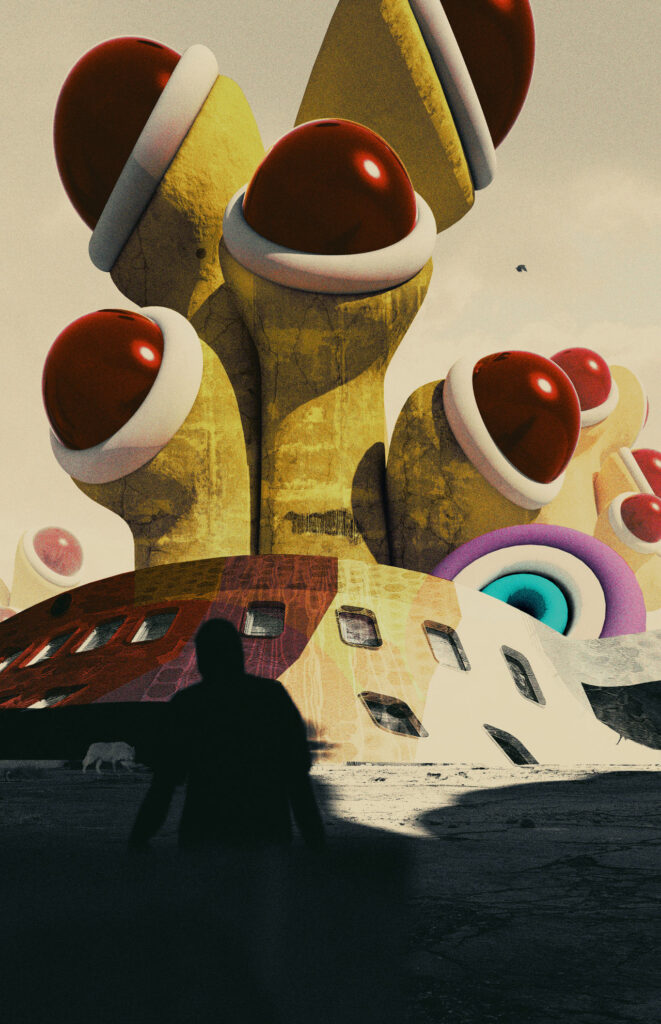
Music, movies, drawing, graphic design… You are a complete artist.
Do all these passions feed your inspiration when planning a town, area or building?
I’m not really good at any of them, however, the mix of all these passions made me what I am today. I am literally interested in everything – perhaps apart from horses, synchronised swimming and wine tastings. This is probably a side effect of the my education. I had the opportunity to travel a lot with my parents when I was younger, we would spend more time in museums than on the beach. Computing allowed me to merge all my passions instead of separate them, the better we understand something the better we are able to interpret and demonstrate something fictitious.
Music and drawing are incredibly complementary because they act in different perception spectrums and when you intend to design a project, you have to be fully in it. Practicing these different forms of expression undoubtedly taught me this ability to dissociate from what is real.
Incidentally, I can express quite well my frustration through an electric guitar and an amp tuned on 11.
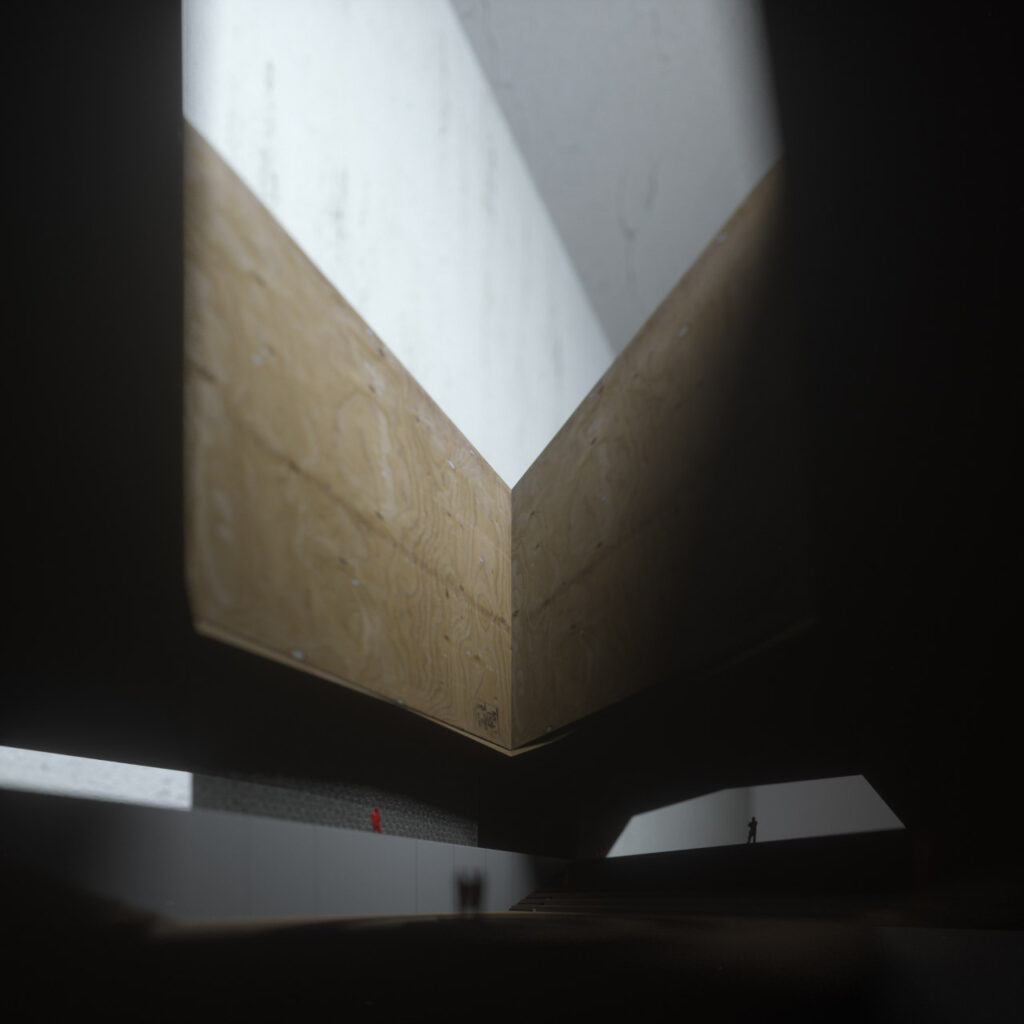
Knowledge and know-how transfer seems to be important to you. Are you more into teaching techniques or state-of-mind?
Both are important I guess, but they might have a kind of hierarchy. First I must have a concept, thereafter the method and the tools are following. Tools, especially when they are digital, evolve quickly and become more easy to use, they are part of a short kind of learning that interests me less, but as they influence each other, I cannot really neglect any of them. I have my own technique that is quite anarchic, it is based on the result no matter how it works if it works – it would be quite difficult to explain. My thing is more about the whole thinking behind the concept, and also it is thrilling to imagine the future that the current students will shape. Indeed, they are part of a fascinating generation that is fearless concerning technology, technology seems to be almost an extension of them whereas I still live in a world made of Basic and SCART sockets.
